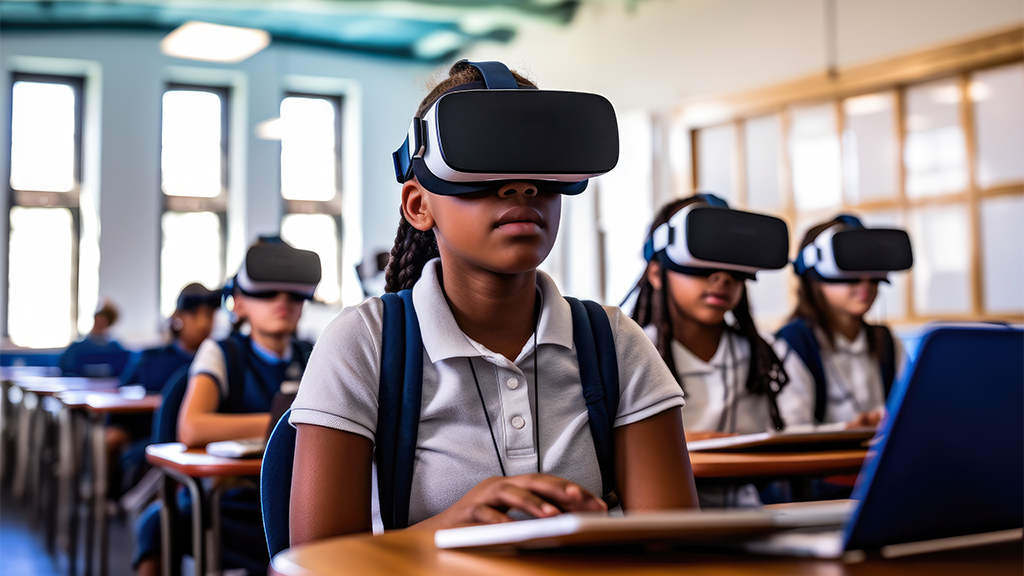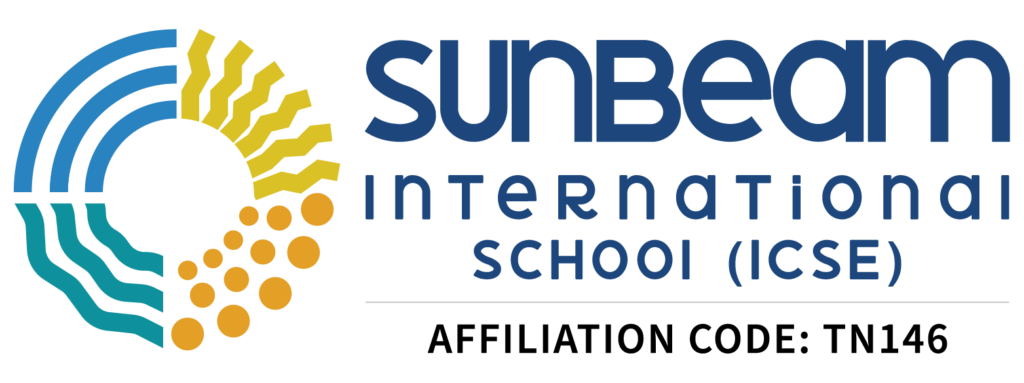

Technology has become an integral part of our lives, and it is also changing the way we teach and learn in schools. Technology can offer many benefits for students and teachers, such as increasing engagement, enhancing collaboration, facilitating personalized learning, and improving outcomes. However, technology also poses some challenges, such as ensuring access, equity, quality, and safety. In this blog post, I will explore some of the ways that technology is transforming teaching in schools, and some of the issues that need to be addressed.
Technology as a Tool for Learning
One of the main ways that technology is transforming teaching in schools is by providing various tools for learning. Technology can help students access a wealth of information and resources online, such as videos, podcasts, e-books, games, simulations, and more. Technology can also help students develop 21st-century skills, such ascritical thinking, creativity, communication, and collaboration. For example, students can use technology to create digital artifacts, such as blogs, podcasts, videos, or presentations. They can also use technology to collaborate with peers and experts from different backgrounds and locations, such as through online platforms, social media, or virtual reality.
Technology can also help teachers design and deliver instruction that is more engaging and effective. Technology can help teachers create interactive and multimedia content that can capture students’ attention and interest. Technology can also help teachers differentiate instruction and provide feedback that is more timely and personalized. For example, teachers can use technology to monitor students’ progress and performance through data analytics and dashboards. They can also use technology to adapt instruction and assessment to meet students’ needs and preferences through adaptive
learning systems and artificial intelligence.
Technology as a Challenge for Education
While technology can offer many opportunities for teaching and learning in schools, it also presents some challenges that need to be addressed. One of the major challenges is ensuring access and equity for all students and teachers. Not all schools have the same resources and infrastructure to provide technology for education. Not all students have the same devices and connectivity to access technology at home. Not all teachers have the same skills and confidence to use technology effectively in their classrooms. These gaps can create digital divides that can exacerbate existing inequalities in education.
Another challenge is ensuring quality and safety of technology for education. Not all technology tools are appropriate and relevant foreducation. Not all technology content is accurate and reliable for learning. Not all technology platforms are secure and ethical for users. These issues can affect the quality and validity of education outcomes. They can also expose students and teachers to potential risks, such as cyberbullying, privacy breaches, or misinformation.
Technology as a Catalyst for Change
Technology is transforming teaching in schools in many ways, but it is not a magic bullet that can solve all the problems in education. Technology is a tool that can support and enhance education, but it is not an end in itself. Technology needs to be used with purpose and intention, aligned with the goals and values of education. Technology needs to be integrated with pedagogy and curriculum, informed by research and evidence. Technology needs to be evaluated with criteria and standards, based on outcomes and impact.
Technology also needs to be accompanied by other changes in education systems, such as policies, practices, and cultures. Technology needs to be supported by adequate funding, infrastructure, and resources. Technology needs to be guided by effective governance, regulation, and accountability. Technology needs to be empowered by professional development, leadership, and innovation.
Technology is transforming teaching in schools in many ways, but it also requires us to transform our thinking and actions about education. Technology can help us create more inclusive, equitable, quality, and safe learning environments for all students and teachers. Technology can also help us prepare students for the future by developing their skills for life-long learning.
– SBIS Editorial team
Quick Links
Newsletter
© 2024 - Sunbeam International School. All Rights Reserved.


